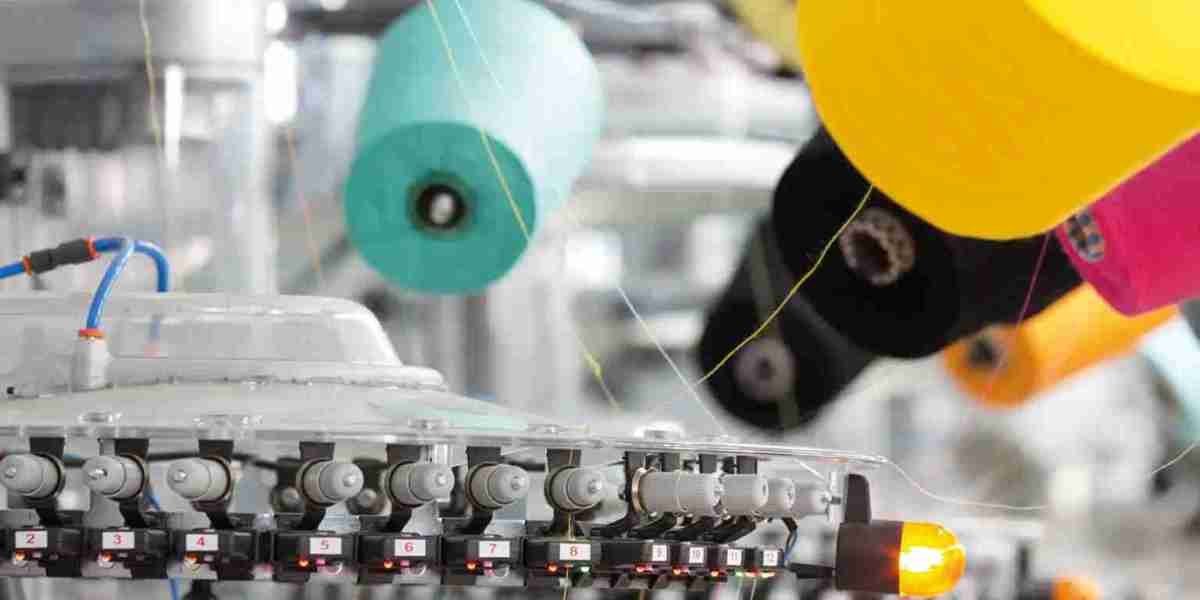The textile chemicals market continues to evolve as sustainability and performance become key drivers in fabric production. In 2024, the textile chemicals market is witnessing transformative advancements in dyeing and coating technologies that are redefining the fashion industry. These innovations are not only improving fabric aesthetics and durability but also aligning with environmental goals to reduce water and chemical consumption.
Market Challenges
1. Stringent Environmental Regulations
Governments and international organizations are tightening regulations on chemical use and wastewater management. Compliance with initiatives such as the Zero Discharge of Hazardous Chemicals (ZDHC) and the European Union’s REACH regulation presents a challenge for manufacturers adapting to new standards.
2. High Costs of Sustainable Alternatives
While eco-friendly textile chemicals are gaining traction, their adoption is often hindered by high production and implementation costs. Small and mid-sized manufacturers face difficulties in transitioning to sustainable alternatives without financial incentives or technological support.
3. Supply Chain Disruptions and Raw Material Availability
The ongoing volatility in global supply chains affects the availability and pricing of raw materials for textile chemicals. Companies must find alternative sourcing strategies to maintain consistent production while reducing environmental impact.
4. Consumer Expectations for Performance and Sustainability
Consumers are demanding textiles that combine sustainability with high-performance attributes such as durability, stain resistance, antimicrobial properties, and vibrant color retention. Meeting these expectations without compromising environmental goals remains a key challenge.
Breakthroughs in Dyeing and Coating Technologies
1. Advancements in Eco-Friendly Dyeing
Waterless Dyeing Technologies: Innovations such as supercritical CO2 dyeing and foam dyeing significantly reduce water and energy consumption.
Digital Textile Printing: Enhances precision while minimizing dye waste and water usage.
Bio-Based Dyes: Plant-based and non-toxic dyes are replacing conventional synthetic dyes to reduce pollution.
2. Innovations in Textile Coating Technologies
Smart Coatings: Nanotechnology-based coatings offer self-cleaning, UV protection, and odor-resistant properties.
Biodegradable Finishes: New coatings made from bio-based polymers provide functional benefits while reducing environmental impact.
Plasma and Enzyme-Based Pretreatments: Improve fabric performance without excessive chemical use.
Key Players and Market Strategies
1. BASF SE
BASF is advancing bio-based dyeing auxiliaries and sustainable coating solutions for enhanced fabric performance.
2. Huntsman Corporation
Huntsman is focusing on high-efficiency, low-impact dyeing processes that minimize chemical waste and energy use.
3. Archroma
Archroma is expanding its range of eco-friendly finishing solutions and innovative non-toxic dyes.
4. Dow Chemical Company
Dow is developing advanced functional coatings that enhance fabric durability while maintaining environmental responsibility.
5. Wacker Chemie AG
Wacker Chemie AG is investing in silicone-based coatings and biodegradable polymer solutions for sustainable textile applications.
Future Outlook for 2024 and Beyond
1. Expansion of Digital and Waterless Dyeing Techniques
The adoption of digital and water-free dyeing technologies is expected to accelerate, reducing textile production’s environmental footprint.
2. Growth in Sustainable Textile Coatings
Non-toxic and biodegradable coatings will become mainstream, improving fabric longevity and functionality while reducing chemical waste.
3. Adoption of AI-Powered Sustainable Manufacturing
Artificial intelligence and machine learning will optimize chemical usage, energy consumption, and process efficiency, making sustainable textile production more accessible.
4. Strategic Collaborations for Eco-Friendly Innovation
Brands, chemical manufacturers, and regulatory bodies will continue to collaborate on sustainability initiatives, ensuring a balanced approach to environmental responsibility and economic viability.
Conclusion
The textile chemicals market in 2024 is at a pivotal juncture, balancing challenges with groundbreaking innovations. As regulatory pressures and consumer expectations push for more sustainable solutions, advancements in dyeing and coating technologies are reshaping the fashion industry. Companies that invest in green chemistry, digitalization, and strategic collaborations will lead the industry toward a more sustainable and competitive future.




